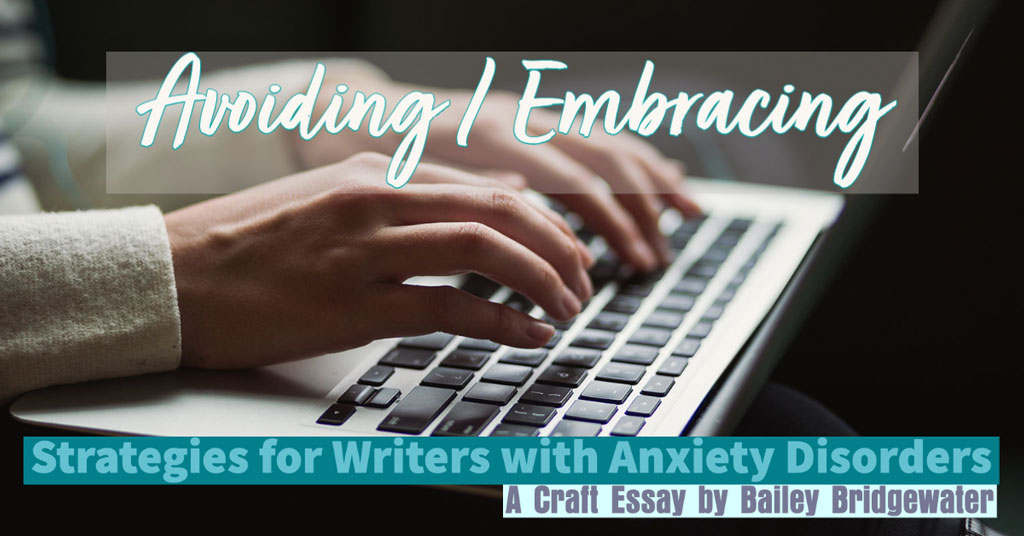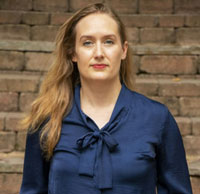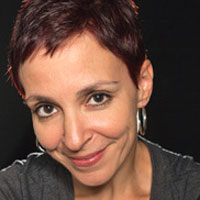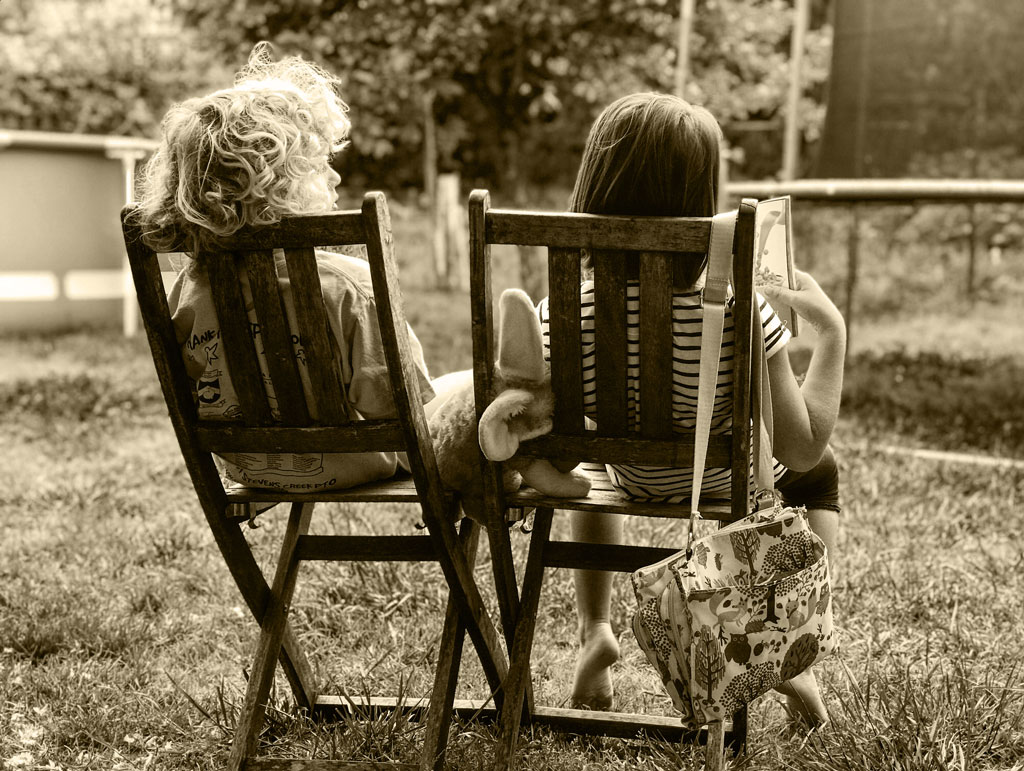
AVOIDING / EMBRACING:
Strategies for Writers with Anxiety Disorders
A Craft Essay by Bailey Bridgewater
Ah, writing and mental health conditions—a power couple in the collective imagination of what influences how artists create. Biographies, movies, TV shows, and even books have reinforced the idea that psychological ailments produce the very best writers. It’s hard not to over-emphasize Edgar Allen Poe’s alcoholism, Sylvia Plath’s suicidal ideation, Emily Dickinson’s agoraphobia, or David Foster Wallace’s depression because we have been lured to focus more on these writers’ diagnoses than their process or even personality.
I’ll admit, I fell for it. I have suffered anxiety my whole life. As a child, it manifested itself in nervous ticks like picking my lips and severe panic around people I didn’t know well. Despite being the most advanced reader in my class, I would count paragraphs and figure out which passage I would be asked to read aloud, then practice in my head until the teacher called on me.
My condition severely hindered my writing process. I could dash off flash fiction in something near panic, but I could never finish a longer piece that required me to focus on it for multiple days. When I could, inevitably, I would re-read what I had, decide it was trash and I was a fraud, then not write anything for months or even years. Nevertheless, I avoided even thinking about medication. Wasn’t my anxiety what made me a writer? Wasn’t my ability to craft strong dialogue caused by my need to replay conversations over and over in my head? Weren’t my obsessive thought patterns what led to my best story ideas?
It took a weeklong residency in the middle of Alaska to help me discover the strategies that could make me a productive writer even with severe anxiety. Turns out, these techniques work for me whether my condition is medicated or not, and I suspect they may work for other writers struggling with the same challenges.
Alaska Changes Everything
When I accepted the residency at Chulitna Wilderness Lodge in remote Lake Clark, I planned to write a collection of short stories during the single week (all I could take off work). I thought constantly about the stories before I left. I jotted notes about characters and plots and settings. I outlined each one. But a strange thing happened when I arrived at my tiny cabin on the beach – I couldn’t write a single story. I started four of them, and each fell as flat as me on black ice. I panicked. I only had seven days. I had to have something to show for myself.
What if I had nothing to show and the organizers told everyone in the writing business that I was a fraud and I was never published again? What if they canceled my residency and made me pay full price for the time I had spent there because I had not written anything? What if at the end of the week I had to stand up for my presentation empty-handed and all the other artists laughed at me?
As I sat at dinner one night, too stressed to eat my fresh salmon, listening to the other artists talk about the wonderful things they had accomplished that day, I considered packing my bags and saving myself the humiliation. Then the lodge owner told a story about the pioneering woman who founded the lodge. It was captivating. This, I realized, was the story I had come here to write!
My immediate instinct was to research. Oh, how my academic brain wanted to find every book on female pioneers, about Lake Clark, how to build a log cabin, the social context of the time period, what people wore in the early 1900s, and period-appropriate vocabulary. But I knew I couldn’t. I didn’t have time. I devoured that delicious salmon and rushed back to my room to start the first novel I would ever completely draft.
My anxiety, task-master that it is, told me that I had to finish the entire book before I left Lake Clark, or I would never be able to complete it – so that’s what I did. For 6 days I did nothing but sleep, eat, and write. I finished on the last morning with 65,000 words and a manuscript that, in retrospect, was awful, but which taught me the key to finishing a novel while anxious: speed writing. The compulsion to finish that novel before I left residency, though obviously rooted in my disorder, led me to nearly all the writing strategies I use today, four completed novels later.
How I Recreated a Residency
Though the novel I drafted in one week was not particularly good (surprise!), an article I read on my way home from Alaska about missing men in the Kenai Peninsula offered the inspiration I needed to write my next book—a police procedural that has garnered positive feedback from several agents. I knew that if I wanted to write that book while back at home and working full time, I was going to have to try to write the way I did in residency. Here are the strategies I adopted.
- Open the work-in-progress document, but do not read it.
In residency, the first thing I did upon waking was sit at my desk and open my draft document. Even now, the first thing I do on a weekend is open my document before I’ve even made coffee. I use the notes I made the night before and write forward at least a few paragraphs, just to get my head in the right space. This ensures that, after making breakfast, I will immediately come straight back to writing.
I am careful not to let myself read what I have already written, because reading all the previous pages only sows self-doubt, and the temptation to begin editing what is already on the page is overwhelming. Self-editing while still drafting is a black hole that can kill a novel faster than anything else for me.
- Don’t be a librarian!
Just as I must be careful not to read what I’ve previously written, I also consciously stop myself from researching while I draft. I did not have WiFi in Alaska, and I don’t turn it on while writing now. In residency, the only historical information I had to go on was the lodge owner’s story, a two-minute video of the woman who became my main character, and a book about the region that mentioned her death-by-plane-propeller. I could not possibly fall down the research rabbit hole.
A major feature of my anxiety is obsessive thought patterns. What might start as a simple search to find the population of Seward can easily end five days later with me reading the training manual for Alaska State Troopers, memorizing the organizational structure of their reporting lines, and fretting over how to convey every detail about what they would carry in their SUVs. Even if I do find my way out of this thought-spiral, my writing can suffer because I feel the need to prove to the reader that I’ve done my research, which results in the inclusion of far too much irrelevant detail.
- Duly noted. And noted only.
While drafting, I keep a running list of facts I need, such as what time the sun sets in Anchorage at the end of November. Jotting them down prevents me from getting hung up on them (or worse, starting to research) while writing. Only once the entire novel is fully drafted do I look those facts up and insert them. Then I have beta readers tell me what still needs more exploration, and only then do I research, with the aim of addressing their substantive concerns only – not checking whether my description of the texture of snow falling after a solar eclipse over the water at the end of December is realistic.
- Don’t get out of that bed.
End-of-day notes have also become a permanent feature of my writing process. When I save my document and close my laptop, I make notes in a paper notebook about what scene I plan to begin next, and place that notebook on the nightstand when I go to bed. If left unchecked, I would jump up 20 times and stumble to my laptop to add a detail or make a change to the manuscript. Instead, I jot those thoughts in the notebook, so it’s all in one place when I’m ready to revise. Plus, I sleep better.
- Kick a friend out of their own home.
For myself, and likely for many people with anxiety, writing at home is extremely difficult. Anxiety is often accompanied by obsessive compulsions and/or attention deficit disorder, and it is easy to get distracted by the dust on your desk, or the cat, or what you’re going to make for dinner, or that nitpicky project you meant to do six months ago, but suddenly needs to be completed right this very instant. I cannot write in coffee shops – being surrounded by other people talking and watching videos and, God forbid, looking at me, is a recipe for disaster. Remote Alaska was perfect, but I can’t exactly go live off the grid.
My solution to this problem came accidentally when a friend asked me to watch his dog three nights a week while he attended class. (His dog, ironically, has severe separation anxiety.) Sitting in another person’s house for hours at a time, for me, provides the perfect opportunity for uninterrupted writing. I feel strange watching other people’s televisions, so I bring my laptop and use those 4-hour blocks to work. Since the house is not my own, I’m not tempted to clean or cook. If my friend ever completes graduate school, I may have to just regularly kick him out of his own home.
- Take ownership of your anxiety.
While the relationship between anxiety and writing may be problematic, it can also be symbiotic. Anxiety can compel writers to speed on, rushing toward a deadline no one but they themselves imposed. Writing can also worsen anxiety if the process is not handled with care. Every writer is affected by the condition in different ways, but here’s the truth – leaving a serious health issue uncontrolled does not a better writer make.
What worked for me is accepting this aspect of my mental health, and finding workable strategies. All I needed to get started was as simple as applying to 20 residency programs, biting my nails while I waited to hear, getting on two jets and then a 3 passenger prop plane, taking an hour-long boat ride across a lake, cutting contact with everyone I know, and letting other people cook and clean for me while I wrote in the most remote part of the country where bears lurk around every corner. Talk about facing your fears!
 Bailey Bridgewater’s fiction appears in Crack the Spine, As You Were, Fiction on the Web, and many other places.
Her collection, A Map of Safe Places, will be published by Red Bird Chapbook this year, and a short story “In Silence, The Decision” is forthcoming from Hoosier Noir.
Read more at her website.
Bailey Bridgewater’s fiction appears in Crack the Spine, As You Were, Fiction on the Web, and many other places.
Her collection, A Map of Safe Places, will be published by Red Bird Chapbook this year, and a short story “In Silence, The Decision” is forthcoming from Hoosier Noir.
Read more at her website.
Thwack this:












0 General Document comments
0 Sentence and Paragraph comments
0 Image and Video comments
New Conversation
New Conversation
New Conversation
New Conversation
It’s very difficult when you have to write out and think about mental illness for days. It’s easy to write about it for a moment but harder when writing about it for days at a time
New Conversation
Hide Full Comment
New Conversation
That’s pretty cool how the author wanted to use their anxiety in a positive light.
New Conversation
Hide Full Comment
New Conversation
New Conversation
New Conversation
New Conversation
It is VITAL that a writer does not self-edit while still drafting, that is the best way to KILL a piece… and I’m guilty of doing it too LOL
I suppose it’s because once you start criticizing your previous work, you a) get distracted and b) as the author said, sort of create a vibe of distrust and self-doubt
New Conversation
Hide Full Comment
New Conversation
New Conversation
New Conversation
New Conversation
New Conversation
New Conversation
i thought i was the only one who thought about the smells/tastes associated with my story!
New Conversation
Hide Full Comment
I didn’t realize how important titles were… but they really are integral
New Conversation
Hide Full Comment
General Document Comments 0

